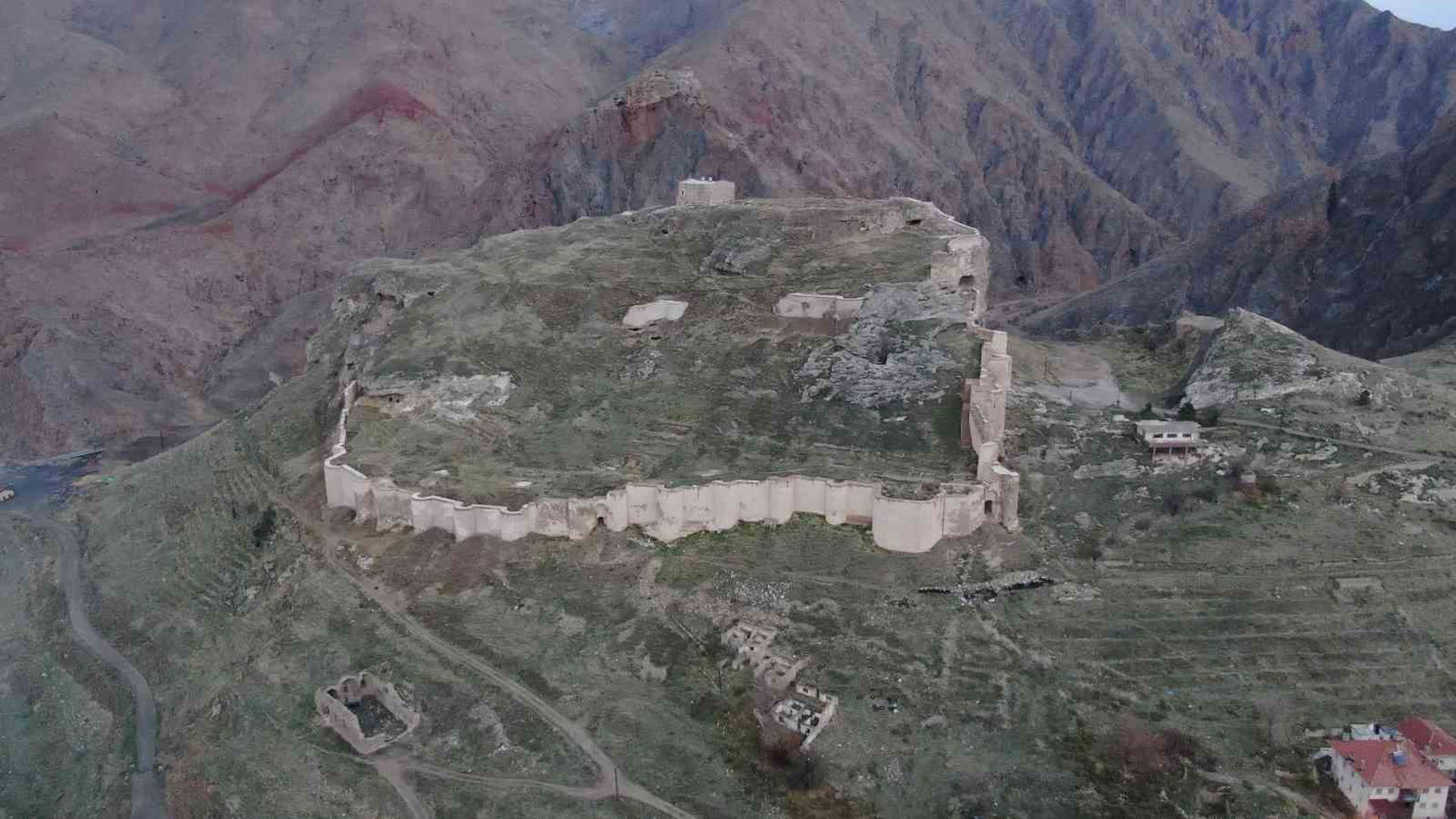
A 2000-year-old Urartian object was unearthed in the excavations of Divriği castle, which started with the information in Evliya Çelebi’s Seyahatname
Excavations at Divriği Castle in the Divriği district of Sivas province, located in northeastern Turkey, unearthed many finds, especially a 2000-year-old Urartian metal object.
Divriği has been home to many civilizations. Therefore, Divriği has rich architectural structures. One of them is the Divriği Great Mosque on the World Heritage List.
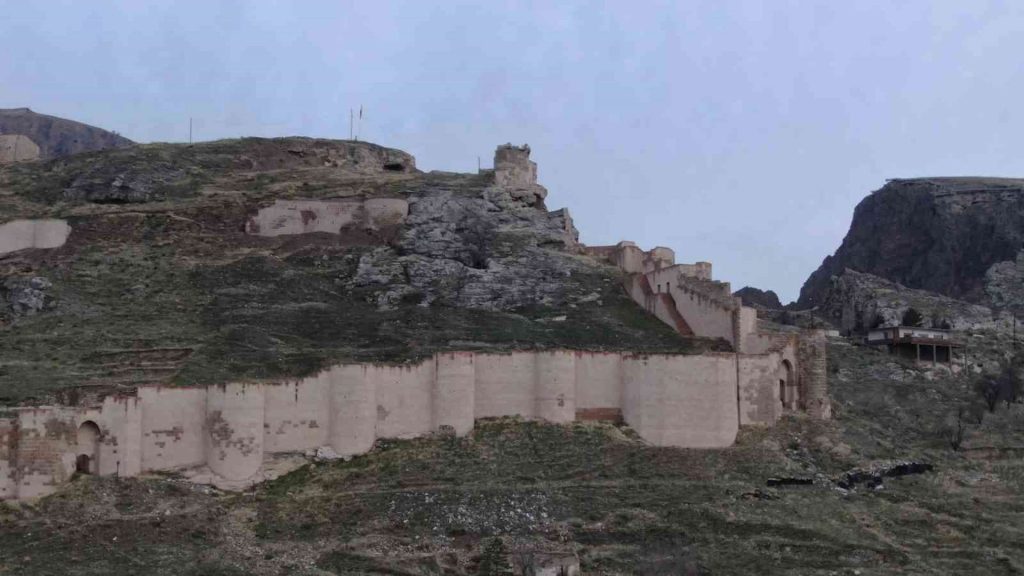
600 years ago, Evliya Çelebi, one of the famous travelers who lived in his work called Seyahatname, started archaeological excavations based on the information he gave about the Divriği castle in his work called Seyahatname, and in addition to many objects such as plaster reliefs, lüle, jewelry, a metal object from the Urartu period, which is thought to be 2 thousand years old, was discovered.
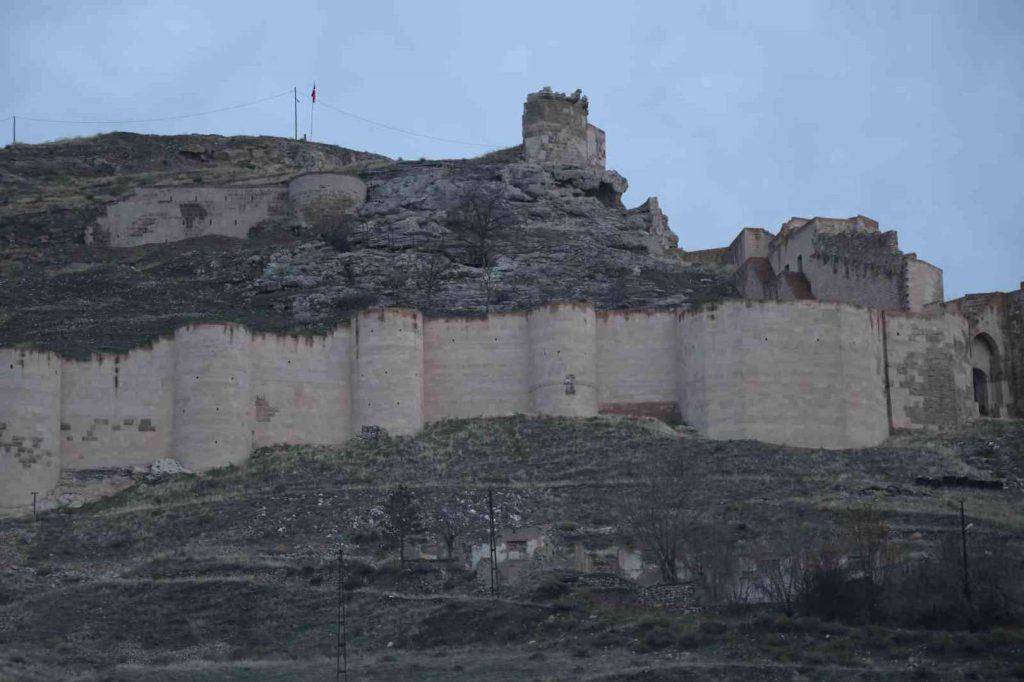
Excavations inside the castle started in 2007 and ended in 2018. With the end of the excavations, the restoration of the castle walls began.
📣 Our WhatsApp channel is now LIVE! Stay up-to-date with the latest news and updates, just click here to follow us on WhatsApp and never miss a thing!!
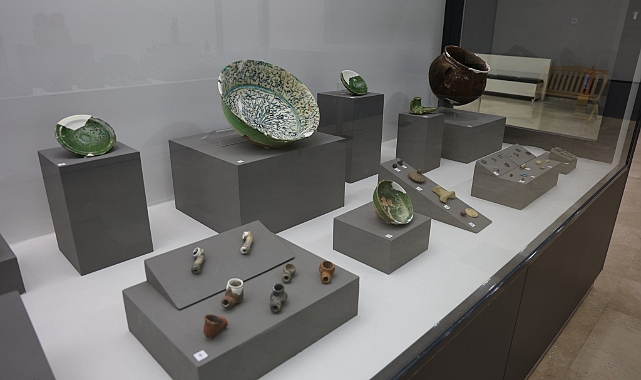
Stating that Prof. Dr. Erdal Eser presided over the excavations that continued for 10 years in Divriği Castle, Sivas Archeology Museum Director Archeologist Ali Alkan said, “Currently, our excavations have stopped. Excavations started in 2008 and continued for 10 years together with the survey. Divriği Castle; mainly Mengücek Castle. Our artifacts also cover the period of principalities and Seljuks. In our museum, an artifact from the excavation, which is said to be from the Urartu period, was also found. Currently, there are hundreds of artifacts belonging to Divriği Castle in our warehouses, but we are exhibiting 43 of them. We can also update with the completed artifacts.”
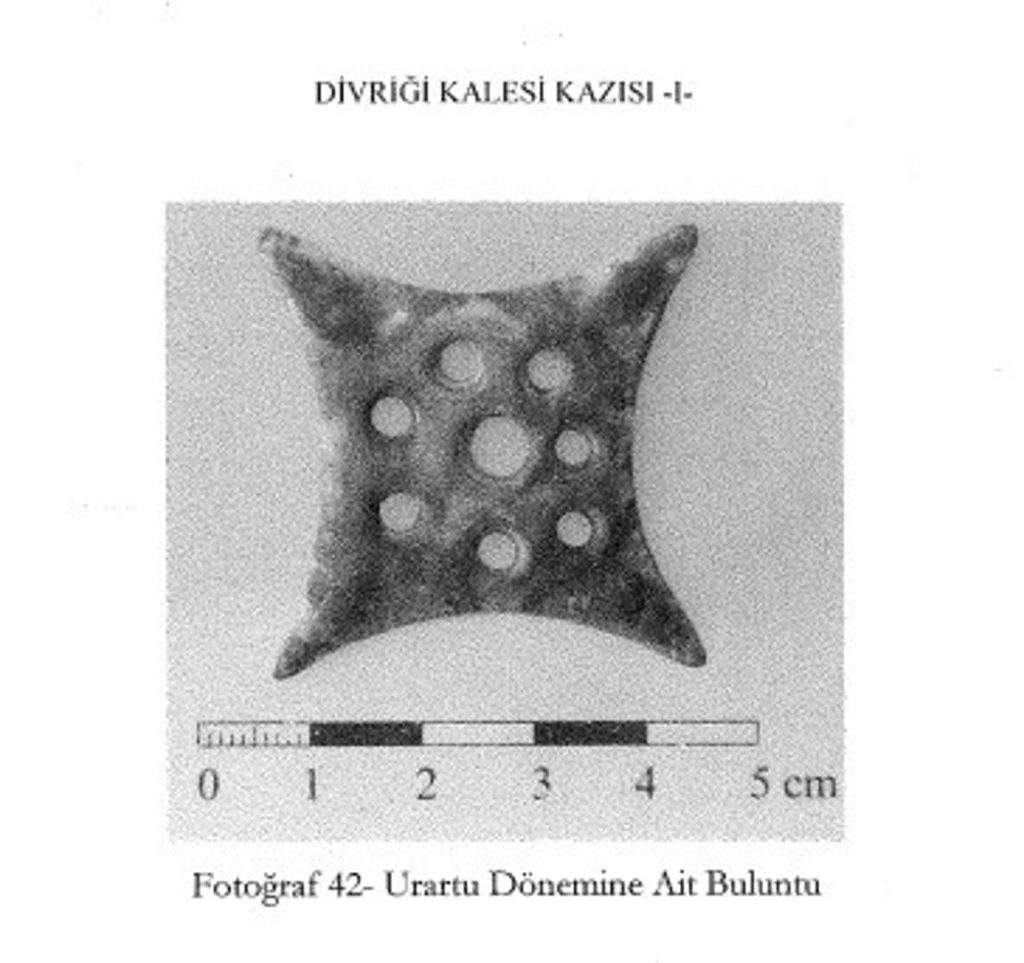
Stating that they also found similar plaster reliefs in Sivas Castle, Ali Alkan said, “We also found similar plaster reliefs in Sivas Castle. Our plaster reliefs, which indicate that there was a ruler’s palace in this castle, are among the most beautiful examples. Similar ones were also found in Alâeddin Hill in Konya. The reliefs are our most important artifacts. Apart from this, we have an object that we think may belong to the earliest Urartu period. We can say that it is our oldest example.”
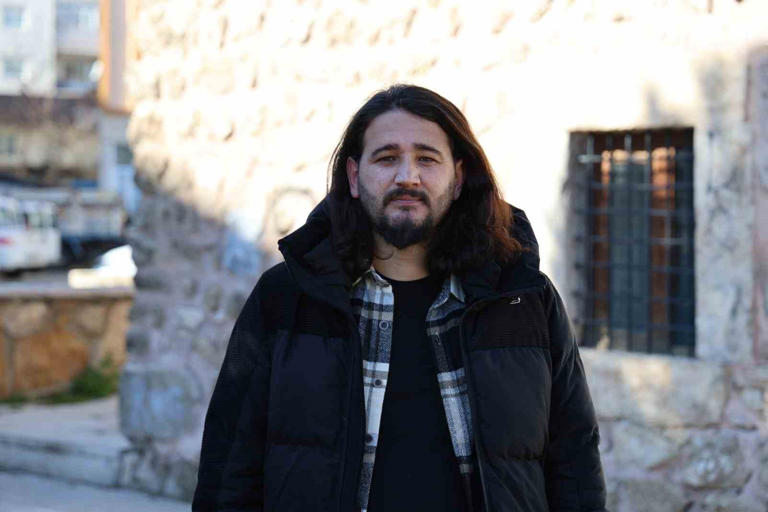
Art Historian Yunus Budaktaş, who made statements about Divriği Castle, stated that Divriği district has hosted important civilizations in every period of history and said, “The main reason for this is that we know that there are rich iron deposits in the district. Although the information about the region does not go back very far, it takes its place in historical sources, especially when the region was the scene of Byzantine and Sassanid struggles. We know that a special community called Pavlikans ruled in Divriği and carried out some political activities.
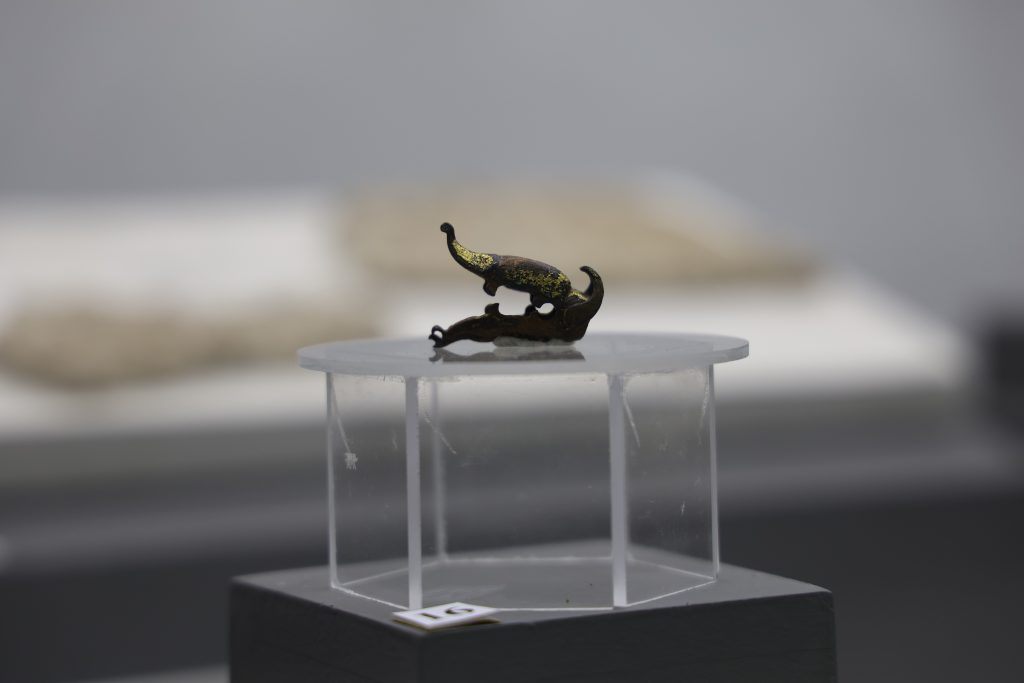
Of course, many historical monuments come to mind when it comes to Divriği. The most important of these are Divriği Great Mosque and Divriği Castle. Built in the Middle Ages, it offers very important data in terms of history. Although the exact date of Divriği Castle is unknown, with the repair and maintenance of the walls from the Byzantine period during the Mengücekler period and with the new construction activities, it becomes a completely Turkish Castle, a Turkish Castle. We can understand this from the inscriptions dated 1236, 1237 and 1245 on the west gate of the building.”
You may also like
- A 1700-year-old statue of Pan unearthed during the excavations at Polyeuktos in İstanbul
- The granary was found in the ancient city of Sebaste, founded by the first Roman emperor Augustus
- Donalar Kale Kapı Rock Tomb or Donalar Rock Tomb
- Theater emerges as works continue in ancient city of Perinthos
- Urartian King Argishti’s bronze shield revealed the name of an unknown country
- The religious center of Lycia, the ancient city of Letoon
- Who were the Luwians?
- A new study brings a fresh perspective on the Anatolian origin of the Indo-European languages
- Perhaps the oldest thermal treatment center in the world, which has been in continuous use for 2000 years -Basilica Therma Roman Bath or King’s Daughter-
- The largest synagogue of the ancient world, located in the ancient city of Sardis, is being restored











Leave a Reply